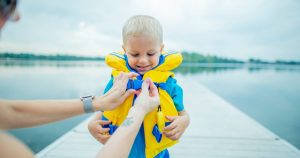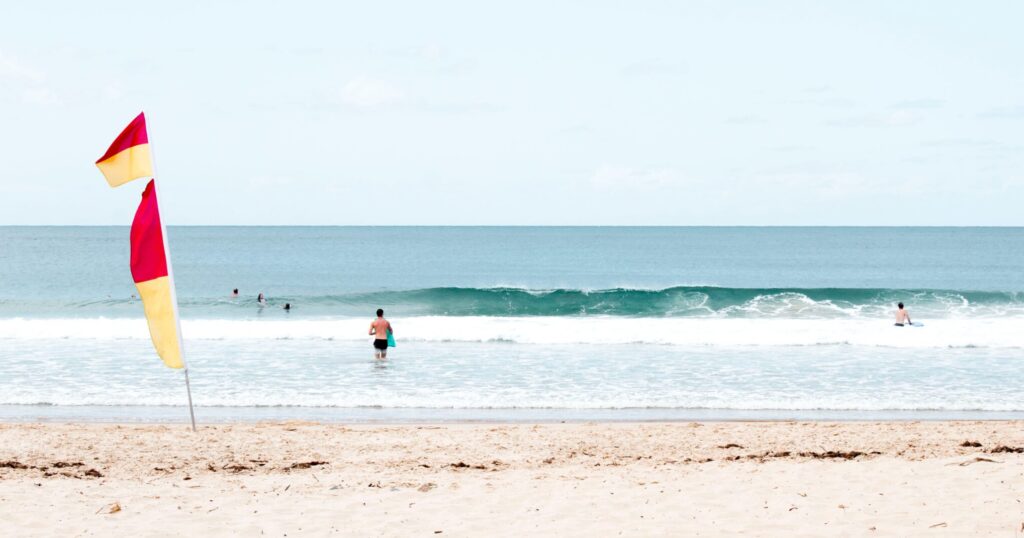In the year between 1st July 2021 and 30th June 2022, 339 Australians tragically lost their lives to drowning, according to Royal Life Saving Australia. It's estimated that a further 686 people also experienced a non-fatal drowning incident.
Drowning can occur in water as shallow as 5cm deep, so whether you're at the beach, a friend's pool or even your own bathtub, your safety role as a parent is crucial.
Setting some ground rules for your child, ensuring that they never swim alone or unsupervised, and bringing the right gear to the beach are all great ways to enforce water safety for kids.
Here are some more ground rules for improving your kids’ pool safety.

